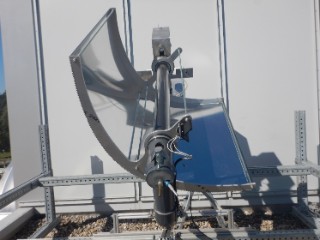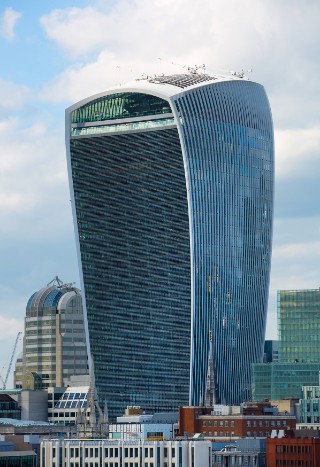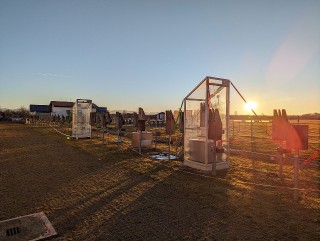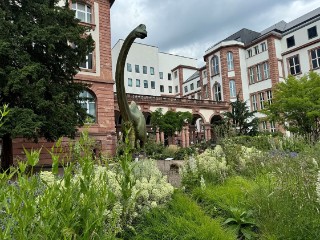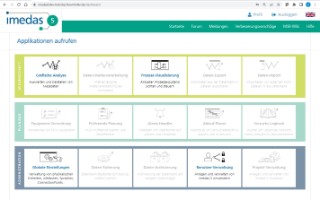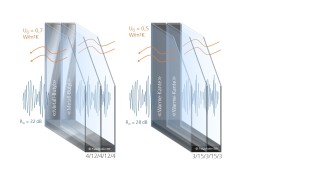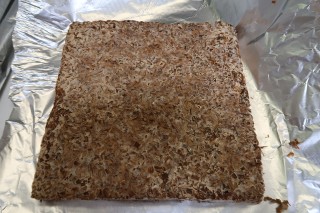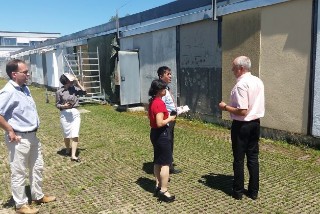
Visit to the outdoor test site at Fraunhofer IBP in Holzkirchen with project partners.
The rapid economic development in Vietnam has led to changes in lifestyles and needs, accompanied by novel materials, building typologies, constructions and supply systems. This is associated with a variety of building physics challenges, especially under the demanding climate conditions. The German-Vietnamese project "CAMaRSEC" addresses these challenges through the implementation and further development of energy-efficient, resource-efficient and sustainable building practices.
more info